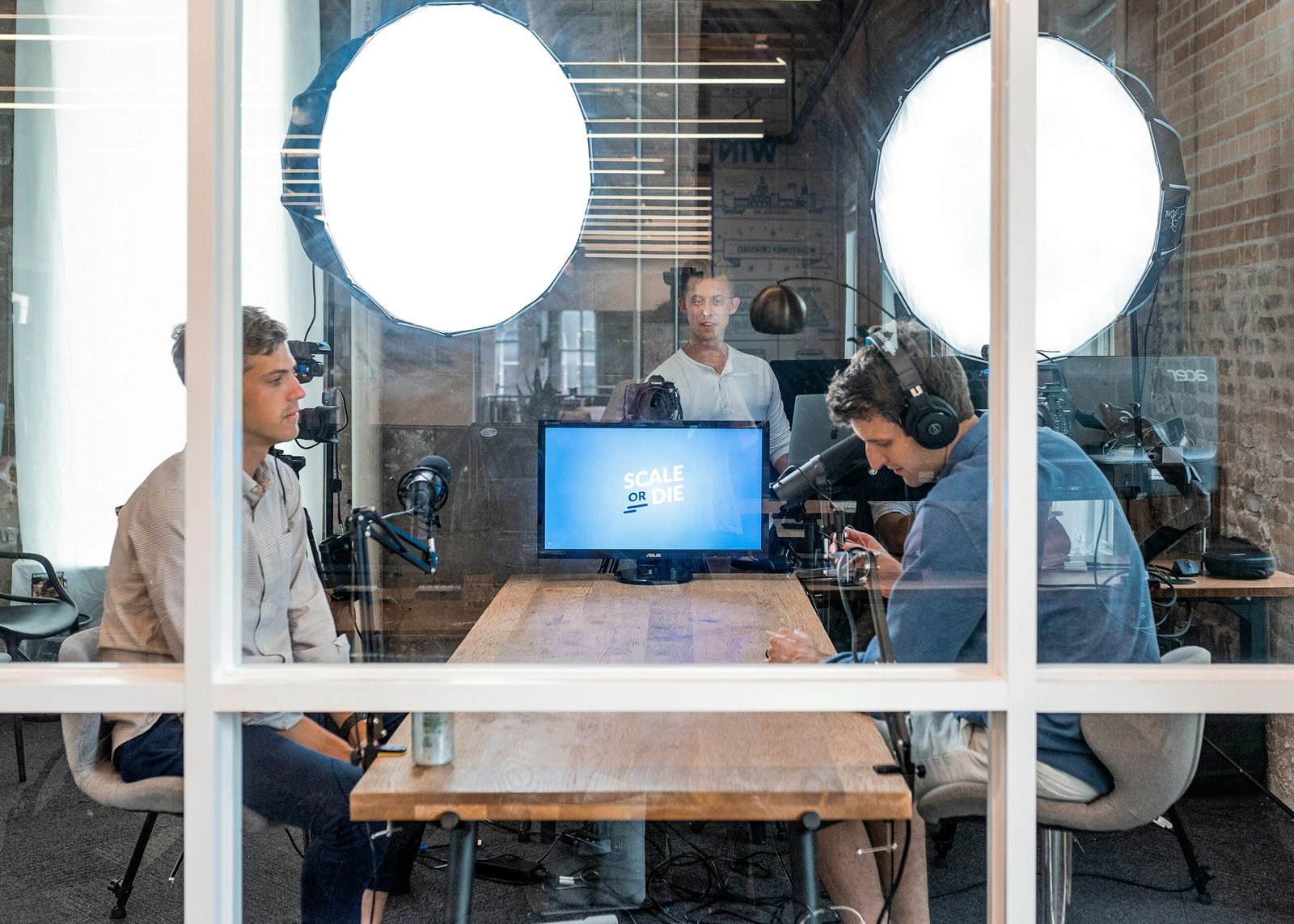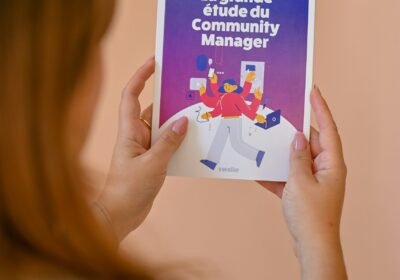Exploring the Vibrant Fusion of Tradition and Modernity in Bangladesh’s Lifestyle
The Contemporary Lifestyle Trends in Bangladesh
Bangladesh is experiencing a notable transformation in its lifestyle, reflecting a dynamic blend of traditional values and modern influences. The country is currently witnessing a surge in contemporary trends that are reshaping daily life, especially among the younger population. One of the most significant shifts is observed in the realms of fashion, where traditional attire is increasingly fused with global fashion trends. Local designers are adeptly incorporating Bangladeshi textiles, such as muslin and jamdani, while integrating contemporary cuts and styles that cater to modern sensibilities.
Food is another area where this fusion of tradition and modernity is prominently displayed. The culinary scene in Bangladesh has expanded significantly, with an upsurge in cafes and restaurants offering both traditional Bangladeshi dishes and international cuisine. This diversity not only showcases the nation’s rich culinary heritage but also highlights the growing appetite for global flavors among the Bangladeshi populace. Street food, once perceived as solely local fare, has evolved and now embraces international influences, attracting a broader age group.
Moreover, social dynamics are also shifting as urbanization accelerates. Traditional family structures are adapting to modern realities, with more young individuals engaging in professional careers while juggling personal aspirations. Social media plays a crucial role in this transformation, providing platforms for self-expression and interaction across diverse demographics. The youth are increasingly utilizing social media to share their lifestyle choices, from fashion to food, amplifying the impact of trends across the nation.
In conclusion, the contemporary lifestyle trends in Bangladesh embody a rich tapestry woven from its cultural heritage and modern aspirations. As the society continues to evolve, it uniquely merges the past with the present, illustrating the resilience and innovation of the Bangladeshi people. This vibrant lifestyle evolution not only reflects changing societal norms but also signifies a broader global interconnectedness that is reshaping lives in Bangladesh today.
The Influence of Urbanization on Lifestyle Choices
Urbanization continues to reshape the landscape of lifestyle choices across Bangladesh, significantly influenced by the rapid growth of its cities. As vast swathes of the population migrate from rural areas to urban centers seeking better opportunities, the repercussions on lifestyle are profound and multifaceted. This demographic shift brings a transformation in housing preferences, transportation modes, and consumer behavior, all of which are increasingly leaning towards modernization.
One of the most notable changes in lifestyle due to urbanization is the evolving housing situation. As cities become more congested, traditional housing structures are giving way to multi-story apartments and condominiums, reflecting a collective shift towards maximizing space. This change introduces urban dwellers to a more concentrated living environment, often accompanied by amenities aimed at enhancing urban life. However, this modern style of living frequently sidelines rural architectural styles and cultural elements, prompting a critical evaluation of how heritage intertwines with contemporary urban experience.
Furthermore, urban transportation options have diversified significantly, moving from traditional modes of transport to more modern solutions. Public transport systems are improving in urban areas, with an increase in buses, ride-sharing services, and even bicycle-sharing programs. This shift not only increases accessibility for city dwellers but also leads to a notable decline in reliance on older forms of transport commonly used in rural settings.
Consumer behavior is another area affected by urbanization. In urban settings, there is a growing preference for modern shopping experiences, such as malls and e-commerce platforms, which offer convenience and variety that rural markets often cannot match. This trend presents a dual narrative: while urban residents embrace new consumer habits, there remains a palpable love for traditional markets and locally sourced goods, highlighting the ongoing tension between modernity and tradition in Bangladesh’s evolving lifestyle landscape.
Culinary Evolution: Traditional Flavors Meet Modern Palates
The culinary landscape of Bangladesh is currently undergoing a significant transformation, where traditional flavors are being artfully blended with modern influences to cater to contemporary palates. This evolution reflects a broader trend in lifestyle, where the gastronomical heritage of Bangladesh is both celebrated and innovatively reinterpreted. Various restaurants and cafes across major cities are embracing this shift by offering menus that pay homage to classic dishes while incorporating global culinary techniques and ingredients.
One notable example is the rise of fusion cuisine, where chefs experiment with traditional Bangladeshi elements alongside international flavors. For instance, the popular dish of bhuna khichuri—a staple during rainy seasons—has been reinvented with gourmet presentations and global ingredients, making it appealing to a younger crowd. Similarly, street food vendors are elevating their offerings, blending beloved snacks like fuchka with exotic fillings and artisan approaches that capture the attention of food enthusiasts.
Popular eateries such as ‘Bengal Bites’ and ‘Taste of Tradition’ showcase how Bangladesh’s culinary scene is thriving. These establishments not only serve authentic dishes, but they also introduce innovative twists, such as using organic ingredients or creating vegan versions of beloved recipes, demonstrating adaptability in line with global dietary trends. Furthermore, food festivals celebrating local gastronomy are gaining traction, inviting chefs and food lovers to immerse themselves in the rich tapestry of flavors that define Bangladeshi cooking.
The gastronomy of Bangladesh, therefore, serves as a vital aspect of the nation’s culture, illustrating a unique fusion of tradition and modernity. As culinary enthusiasts, both locals and tourists are drawn to experience this vibrant food culture, which reflects the nation’s rich history while being open to creativity and reinvention.
Social Media and the Redefinition of Lifestyle
In recent years, social media has emerged as a powerful force in shaping lifestyle trends in Bangladesh. Platforms such as Facebook, Instagram, and TikTok offer unique spaces for individuals to share their experiences, ideas, and creativity, fundamentally influencing perceptions of fashion, travel, health, and wellness. This digital landscape contributes to the redefinition of lifestyle, particularly among the younger generation, who are avid consumers of content shared by influencers and peers alike.
The ability to connect, share, and communicate instantaneously through social media fosters a sense of community around shared interests and values. Many young Bangladeshis have turned to social media to express their identities through fashion, often blending traditional attire with contemporary styles. This fusion not only promotes cultural pride but also creates opportunities for local designers to reach a wider audience. As a result, the fashion landscape in Bangladesh is witnessing remarkable evolution, driven by the trends that proliferate across social media platforms.
Travel and lifestyle content on social media also encourages exploration of local and international destinations, showcasing the rich cultural heritage and natural beauty of Bangladesh. Influencers often share their travel experiences, promoting tourism and inspiring others to discover hidden gems within their own country. Furthermore, wellness trends have gained traction, with a growing focus on mental health and fitness, often discussed through the lens of personal journeys on social media. This shift towards a more health-conscious society is significantly influenced by the narratives shared online, encouraging individuals to adopt healthier lifestyle choices.
In conclusion, social media plays a crucial role in redefining lifestyle trends in Bangladesh. By influencing fashion, travel, and wellness discussions, these platforms are not only shaping public perception but also creating a collective identity among the youth. This new narrative highlights the importance of community and shared experiences, ultimately reflecting the vibrant fusion of tradition and modernity in the lifestyle of Bangladesh.









